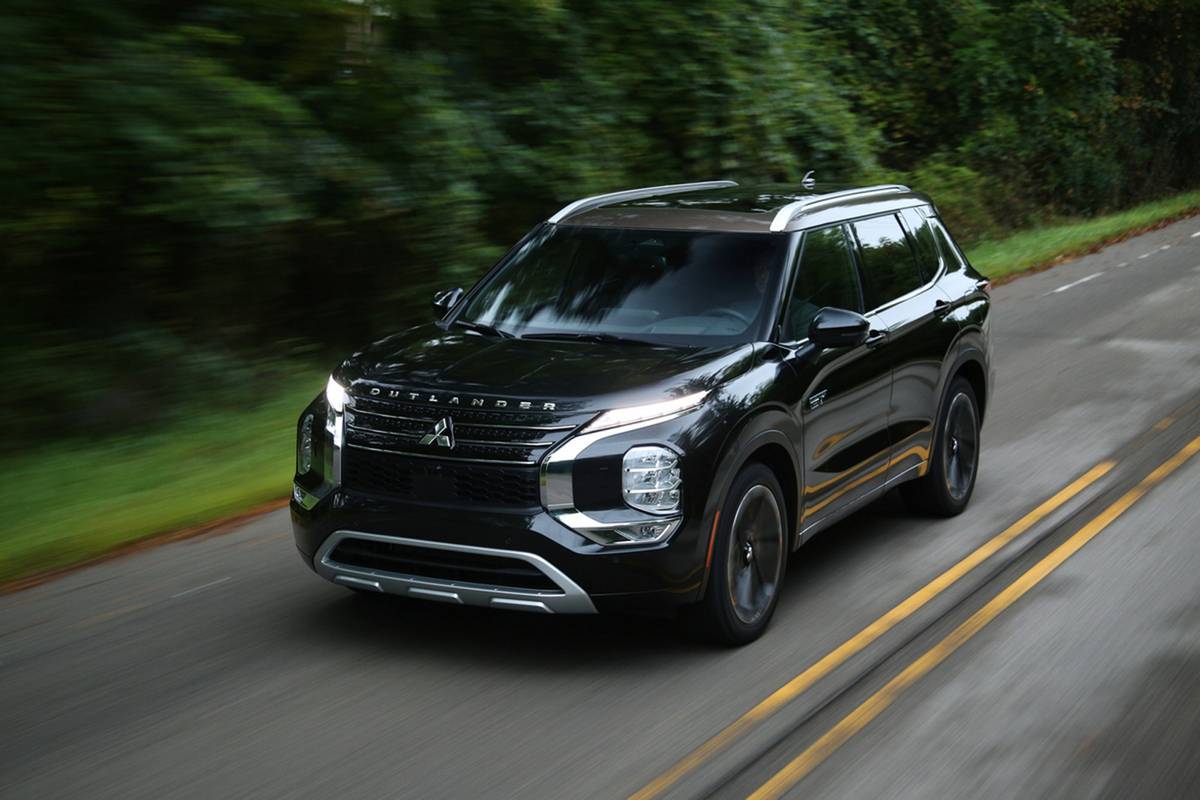The Morning Call and Mcall.com's view
Thirty-four miles to the gallon.
That’s what Toyota’s new Echo subcompact achieved in a recent test drive.
With gas prices going up faster than the stock price of an internet IPO (initial public offering), it’s refreshing to be able to drive so far, so frugally.
What spurred my interest in driving Toyota’s Tercel replacement was an invitation from my friend Laura to venture into New York City for some fun in Gulianni City. The sun was shining, it was unusually warm and so were my spirits.
Of course, driving into New York City is something feared by many people. It takes insanity and a bit of patience to master it; eyes on all sides of your head doesn’t hurt either. Remarkably, this car must have insured good luck. There was no back-up at the Lincoln Tunnel –driving literally right up to the toll booths — followed by a drive crosstown to the upper east side with little fuss, bothersome traffic or stopping.
The Echo’s petite dimensions make it a superb car to drive into the city; much better than the gas-hogging SUV I had originally intended to drive.
Its wheelbase measures just 93.4 inches, with an overall length of 163.3 inches. Width is a mere 65.4 inches, making it easy to maneuver even in the tightest of parking garages.
The Echo is also tall, measuring a towering 59.1 inches, providing the interior with massive amounts of headroom. This is a perfect car for those with big hair. There’s even room for that jumbo-size can of Aqua-Net inside the car, because Toyota has magically found all sorts of space.
The dash has two glove boxes, two vertical storage spaces on either side of the center dash and a small parcel shelf in front of the driver just below the steering wheel. The space in this car is equal to that of the larger Corolla, an impressive feat.
It also means good seating space, something that couldn’t be said of the Tercel. Four corn-fed Americans will fit comfortably here. Foot room under the front bucket seats is excellent.
But the tall profile and short length give the car a strange look that’s truely distinctive. Some thought it resembled the VW Beetle, a car of the same size with a much higher price; and some thought it cute.
Inside, there are sensible nooks, easy to use controls and a funky design. This accounts for the speedometer mounted in the center of the dash rather than in front of the driver. While Toyota can make any claim about the reasoning, the real reason is the same one that early automakers had: cost. When switching from right-hand drive to left-hand drive, it’s easier if the speedo is in the center. And while there’s evidence of cost-cutting in the interior, Toyota does a good job of eliminating what isn’t important and leaving in what is.
The seats didn’t look or feel expensive, yet they proved very comfortable whether negotiating the FDR Drive or sitting in traffic on the New Jersey Turnpike.
But there’s no center armrest front or back. Map lights are missin g up front, making the center dome lamp the only lighting available.
Surprisingly, there’s no tachometer or temperature gauge. The temperature is covered by a light — blue when the engine’s cold, flashing red when it’s too hot. The interior plastics are hard, but they have an appealing texture that renders that judgment pointless.
Toyota makes up for it by making anti-lock brakes an option to augment the standard front disc/ rear drum set-up. Also available is a great sounding AM/FM/cassette/CD audio system, an area skimped on by most automakers. The rear seats are of the split/folding variety and the outboard rear passengers get headrests as well as the front. The trunk seemed roomy for its listed 13.5 cubic feet.
Most impressive was the engine, an all-new double-overhead-cam 1.5-liter four-cylinder, equipped with variable valve intake timing. This allows Toyota to offer a powerful engine that also meets the EPA’s Low Emission Vehicle standard. It’s rat ed at 108 horsepow er and 105 foot-pounds of torque at 4,200 rpm. Given the car weighs in at just 2,080 pounds, there’s sufficient power to keep up with traffic or demonic taxi drivers. Power is fed through a five-speed manual or four-speed automatic.
Handling was at the better end of what you can expect in the subcompact league. Sure, there’s engine and road noise; there’s understeer and a little too much body lean. But the handling is nimble, although the test vehicle had an occasional twitchiness that would come and go. Stopping power was above average.
The Echo is not sporty, but isn’t fatiguing either, remarkable in a subcompact, as they rarely make good long-distance cruisers.
The car is available as a two-door, as well as the four-door. All Echos come with standard dual front airbags, seatbelt pretensioners, AM/FM stereo and tilt steering wheel. Options include air-conditioning, split-folding rear seats, automatic transmission, power steering, power door locks, a rear spoiler, digital clock anti-lock brakes with daytime running lights and a sports body kit.
Even though most of my time in New York was spent in public transportation rather than private, this zippy little four-door proved to be an economical, obedient servant. Its roomy interior, funky design and sensible options make this car far better than the uninviting Tercel and certainly makes it a Toyota you will buy, not because you can’t afford any more, but because you just like it.
Most people will like it every time they fill up at the gas station.
>> 2000 Toyota Echo
Vehicle type: Sub-compact 2- or 4-door sedan
Engines: 1.5-liter DOHC four-cylinder
Transmission: 5-speed manual, 4-speed automatic
Wheelbase: 93.4 inches
Length: 163.3 inches
Curb weight: 2,020-2,080 pounds
Cargo volume (cubic feet): 13.5
Base price: $11,095
As tested: $15,005
EPA rating: 31 city, 38 highway
Test mileage: 34 mpg
Fuel type: Regular
>>
Latest news



